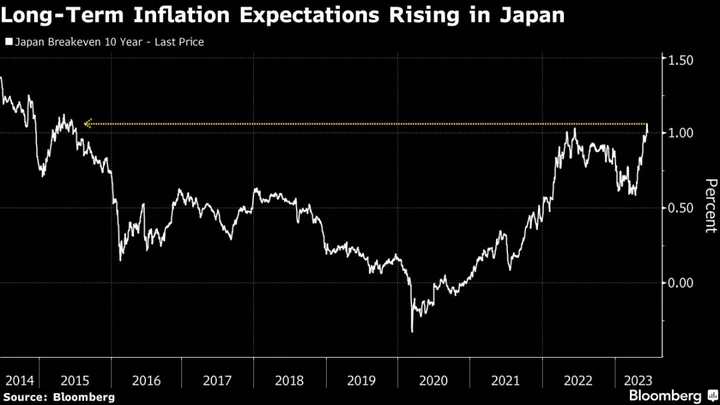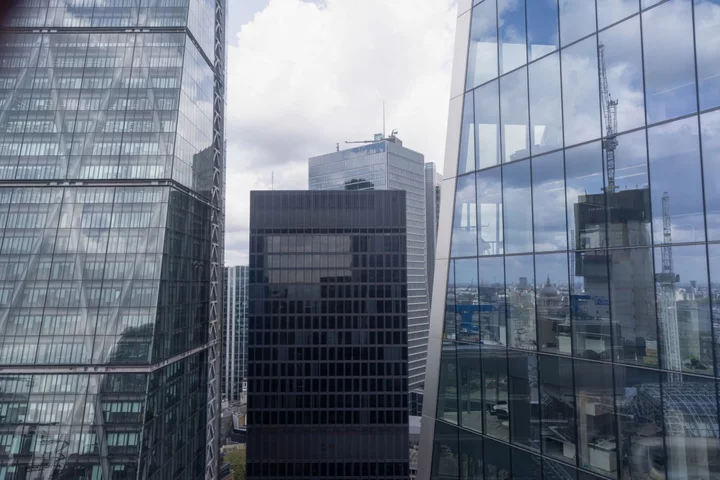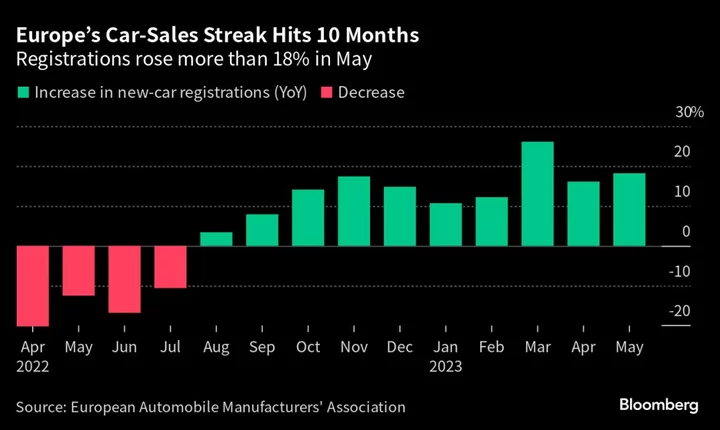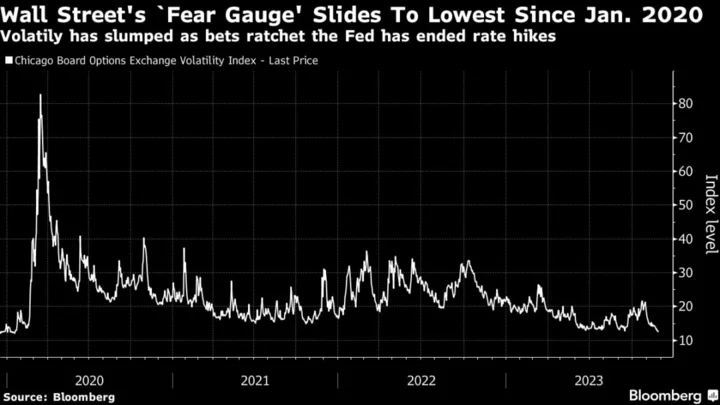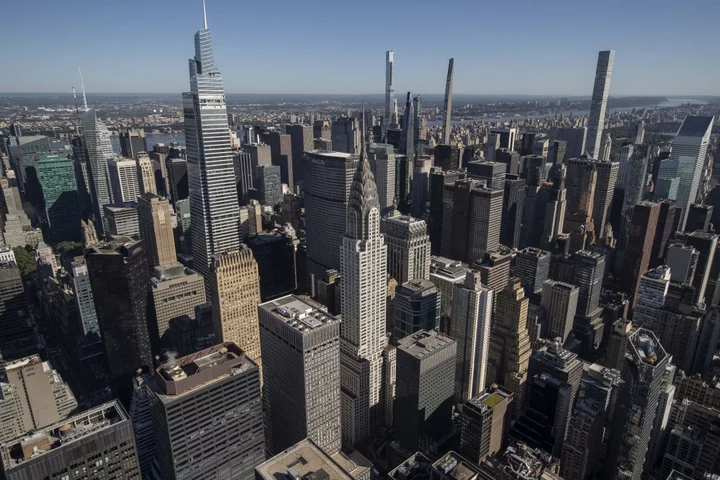Goldman Sachs pushed up its inflation projections for Japan, driving them further above the central bank’s forecasts and essentially ruling out the possibility of price growth slowing below 2% in coming months as policymakers forecast.
While Goldman doesn’t expect the Bank of Japan to take action on Friday when its latest meeting concludes, it sees policy tweaks coming in July when the central bank updates its inflation views.
The investment bank’s economists expect Japan’s consumer prices excluding fresh food, a key gauge for the BOJ, to average 2.8% in the year through March, according to a report Tuesday. That’s way higher than a 1.8% forecast the central bank made at the end of April.
The report suggests an increasing likelihood of an upward revision to the BOJ’s quarterly price projections in July. The expected change in inflation outlook is a key factor supporting the view among economists surveyed by Bloomberg that July not June is the most likely timing for a policy move.
BOJ’s Ueda Likely to Hold With Bond Market on His Side for Now
Goldman cited a weaker yen and oil prices as major reasons for its revision. The government’s phasing out of support to keep a lid on gasoline prices is another critical factor, it said.
“The BOJ has repeatedly mentioned the CPI might decelerate to ‘below 2 percent toward the middle of fiscal 2023’ in its outlook, but we expect this to be revised in the future,” Tomohiro Ota, Yuriko Tanaka and Naohiko Baba wrote in the report.
The central bank’s insistence that inflation will slow below its price target has helped support its case that it must continue with monetary stimulus, a stance at odds with most other major central banks.
BOJ officials recognize that inflation is running stronger than they previously thought, a development that raises the likelihood of the bank upgrading its inflation forecasts in July, people familiar with the matter told Bloomberg earlier this month.
It’s rare that officials acknowledge the chance of an upward revision more than a month before projections are released, an indication that the increases may be relatively large.
Investors in the bond market are also boosting their bets on higher prices. Japan’s 10-year breakeven rate, a gauge of long-term inflation expectations, hit the highest since 2015 this month. Still, the rate, at around 1%, remains well below the BOJ’s inflation target of 2%.
--With assistance from Cormac Mullen.

